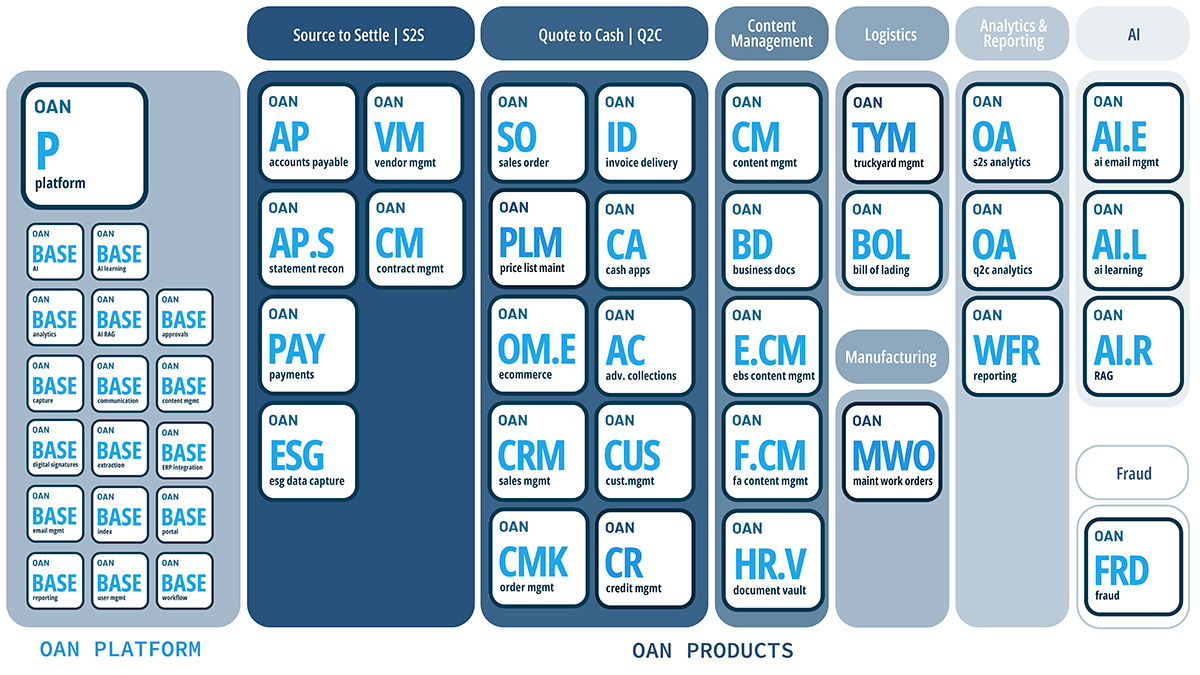Improving customer service and engagement becomes crucial as companies navigate the increasingly digital landscape. One solution that has proven transformative is the implementation of a customer portal. But what exactly is a customer portal, and how can it benefit your business? This comprehensive guide will explain everything you need to know.
What Is a Customer Portal?
A customer portal is a secure, self-service platform that allows customers to access information, manage accounts, and interact with a company’s services independently. Available through a website or mobile app, customer portals empower users to handle routine tasks such as:
- Checking account balances and updating personal information
- Scheduling appointments and tracking orders
- Submitting support tickets and viewing transaction history
- Accessing knowledge bases and FAQs
Portals enhance service efficiency, convenience, and customer satisfaction by offering a one-stop solution for customer interactions.
Key Benefits of Customer Portals
1. 24/7 Availability
Staffing a contact center around the clock can be cost-prohibitive. A customer portal provides round-the-clock self-service, allowing customers to resolve issues anytime, even on weekends or holidays. This ensures your business is always “open” to customers.
2. Reduced Wait Times
Customers appreciate quick solutions. A customer portal allows them to access answers and complete tasks without waiting for support. This reduces the volume of support tickets, freeing your team to focus on complex, high-priority issues.
3. Cost Savings
As your business grows, so does the demand for customer service. A well-designed customer portal enables customers to handle common issues independently, reducing the need for additional support staff and associated training costs.
4. Improved Customer Experience
Many customers prefer self-service options for routine tasks. Providing an intuitive, user-friendly portal demonstrates your commitment to convenience and empowers customers to take control of their experience.
5. Consistent and Personalized Service
Customer portals, especially those integrated with ERP systems, offer a unified view of each customer’s interactions and history. This allows your support team to provide more personalized and effective service when direct contact is necessary.

Essential Features of a Successful Customer Portal
User-Friendly Interface: A clean, intuitive design with easy navigation and transparent task processes for customer satisfaction.
Self-Service & Personalization: Provide robust self-service tools like knowledge bases and FAQs while leveraging data to deliver personalized content, recommendations, and dashboards.
Integration & Scalability: Ensure seamless integration with other systems (e.g., ERP, billing) for consistency while allowing the portal to scale without performance loss.
Secure Communication & Compliance: Offer various communication options (live chat, email, support ticketing) while maintaining advanced security measures to protect customer data and comply with industry standards.
Analytics & Reporting: Track customer behavior and portal usage for optimization insights and to enhance the customer experience.
Steps to Launch a Customer Portal
1. Define Objectives and Requirements
Determine your business goals for the portal, such as improving self-service options or centralizing access to product documentation.
2. Choose the Right Platform
Select a platform that integrates with your existing systems, offers strong technical support, and has the flexibility to grow with your business.
3. Design the Portal
Focus on user experience and branding. A well-organized, visually appealing portal enhances customer satisfaction.
4. Develop Key Features
Prioritize features that meet your customers’ needs, such as personalized dashboards and secure communication channels.
5. Integrate and Test
Connect the portal to your existing systems and conduct thorough testing to ensure functionality, security, and a seamless user experience.
6. Launch and Monitor
After going live, track usage and gather feedback to identify areas for improvement. Continuous monitoring and updates are essential to maintaining an effective customer portal.

Best Practices for Maximizing the Value of Your Customer Portal
Focus on User Experience
Ensure the portal is easy to navigate and accessible on all devices. Streamlined processes for account management and support requests enhance user satisfaction.
Build a Comprehensive Knowledge Base
Gather common customer questions and issues, then create detailed, user-friendly articles to address them. Regular updates ensure accuracy and relevance.
Prioritize Security and Compliance
Implement robust security measures, such as encryption and multi-factor authentication, to protect customer data.
Personalize the Experience
Leverage customer data to provide tailored recommendations and content, creating a more engaging and valuable portal experience.
Continuously Monitor and Improve
Analyze customer behavior and feedback to make data-driven improvements to the portal. oAppsNET’s advanced analytics capabilities can provide valuable insights.
Boosting Client Engagement with a Powerful Portal
A customer portal is a powerful tool that enhances service efficiency, reduces costs, and improves the customer experience. Businesses can empower customers and optimize support operations by implementing a secure, user-friendly, and personalized portal. With oAppsNET’s expertise in digital transformation and ERP solutions, your company can develop a customer portal that drives engagement, satisfaction, and growth.

